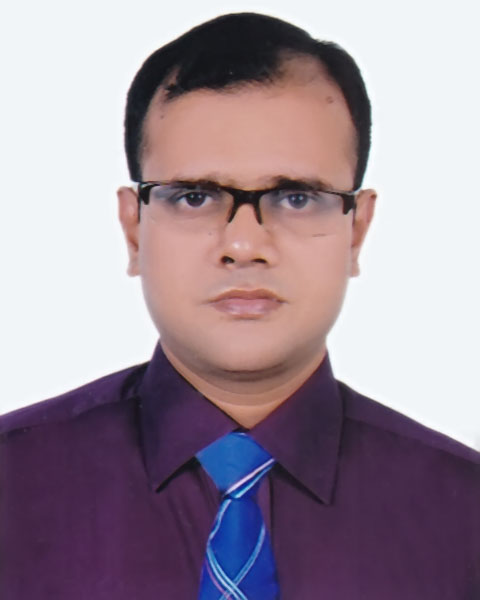Md. Mostafizur Rahman
@wub.edu.bd
Senior Assistant Professor, Department of Textile Engineering, Faculty of Science and Engineering
World University of Bangladesh
Mr. Md. Mostafizur Rahman holds the position of Senior Assistant Professor, Department of Textile Engineering, World University of Bangladesh as well as the team leader of the departmental quality assurance cell and the chairman of the curriculum committee.
Md. Mostafizur Rahman has graduated from Ahsanullah University of Science and Technology with a Bachelor of Science in Textile Technology. He completed the Master of Science in Textile Engineering from Mawlana Bhashani Science and Technology University. Mr. Rahman also served as the chairman of the Self-Assessment Committee, Department of Textile Engineering in 2017 -18 under the higher education quality enhancement project (HEQEP) of the University Grants Commission and enough experienced to design and review the OBE curriculum, course profile, assessment strategy and also overlooks the activities and professional development of faculty members..
EDUCATION
PhD Fellow
Department of Textile Engineering, Dhaka University of Engineering & Technology (DUET)
Master of Science in Textile Engineering (April 2014)
Mawlana Bhasani Science and Technology University, Tangail, Bangladesh.
Bachelor of Science in Textile Engineering (October 2007)
Ahsanullah University of Science and Technology, Dhaka, Bangladesh.
RESEARCH, TEACHING, or OTHER INTERESTS
Engineering, Materials Science, Ceramics and Composites
FUTURE PROJECTS
Flexible composites
Applications Invited
Co-researcher
Flexible electronics
Applications Invited
Co-researcher
Scholar Citations
Scholar h-index
Scholar i10-index
RECENT SCHOLAR PUBLICATIONS
MOST CITED SCHOLAR PUBLICATIONS
Publications
1. Editor: Book name: Advanced Technology in Textiles - Fiber to Apparel (2023), Publisher: Springer Nature.
2. Book Chapter (Principal author): Introduction to Textiles and Textile Fibers; (2023) Book name: Advanced Technology in Textiles - Fiber to Apparel, Publisher: Springer Nature.
3. Book Chapter (Principal author): Application of Biochemical in Textile; (2023)
Book name: Advanced Technology in Textiles - Fiber to Apparel, Publisher: Springer Nature.
4. Book Chapter (3rd author): Advanced Technology in Textile Dyeing; (2023) Book name: Advanced Technology in Textiles - Fiber to Apparel, Publisher: Springer Nature.
5. Conference paper: Challenges in Engineering Education: A Review; (2022) Industrial Engineering and Operations Management (IEOM) Bangladesh Conference.
6. Book Chapter (2nd Author): Polymers for textiles production; (2020) Book name: Frontiers of Textile Materials: Polymers, Nanomaterials, Enzymes, and Advanced Modification Techniques, Publisher: Wiley – Scrivener.
7. M. Rahman, M. Ramachandran (2015), “Emerging trends in textile industry – exploring ultraviolet radiation protection clothing”, International journal on textile engineering and processes, 1 (4), Pp – 14 – 17.
Industry, Institute, or Organisation Collaboration
Institute of Radiation and Polymer Technology, Bangladesh Atomic Energy Commission.
INDUSTRY EXPERIENCE
Sr. Executive, Fabric Development Department, Interstoff Apparels Ltd.
Role:
o Analyzed the construction of different fabric samples provided by different buyers
o Demonstrated the machine parameter for fabric knitting, Dyeing, and finishing
o Ensured the quality of the developed fabric
o Implemented the tested results for further development.

